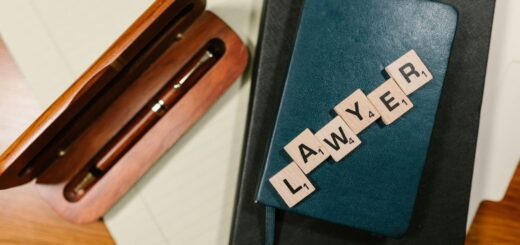Seat belt law
The requirements of the Pennsylvania Vehicle Code as set forth in Section 4581:
- All drivers and passengers in the front seats of automobiles, light trucks and motor homes are required to wear seat belts.
- Passengers between the ages of 8 and 18 must wear seat belts regardless of which seat they are riding in.
- If you are the driver under the age of 18, the number of passengers in the car cannot exceed the number of seat belts in the car.
THE LAW REQUIRES YOU TO WEAR A SEAT BELT
It is wise to wear a seat belt Many people think they can hold on with their legs and arms to prevent hitting the inside of the car in a crash, but this is not true. In a collision, the car stops, but the person’s body continues to move at the same speed as the car was traveling until it hits the dashboard or windshield. In most crashes, the bodies of passengers and drivers hit the interior surfaces of the car with several tons of force. Even the sturdiest legs and arms are broken in such a hard impact. At 30 miles per hour (48 km/h), this is equivalent to hitting the ground when falling from the roof of a three-story house. Therefore, you will not be able to hold yourself with your hands. A driver or passenger who is not wearing a seat belt can be killed on impact, even at 12 miles per hour (19 km/h).
Only seat belts can safely slow your body down. In a car collision, there is only 1/50th of a second to restrain the body. Arms and legs cannot hold your body in such a short time in the way that seat belts can. Seat belts slow your body down much more gently than a hard dashboard, steering wheel, or windshield. In a car collision, buckled seat belts distribute the forces of sudden deceleration between the larger, stronger parts of your body, such as your chest, hips, and shoulders.
An airbag provides even more protection when you “fall out of the saddle.” But an airbag by no means replaces seat belts. Seat belts keep the body from being thrown from the car. A person is almost 25 times more likely to die if they are ejected from a vehicle. When a person is ejected from a car, they are usually thrown through the windshield and may land somewhere with a hard impact on a hard surface.
The force of the collision can be so great that it can throw a person 150 feet (45 meters), a distance of 15 times the length of the car. If a person is thrown into the roadway, there is a risk of being hit by another car. Four out of every five people killed in an ejection accident could have lived if they had not been ejected from the car. Seat belts and airbags save lives. They are most effective when both adults and children are properly restrained in the front and rear seats.


















Recent Comments